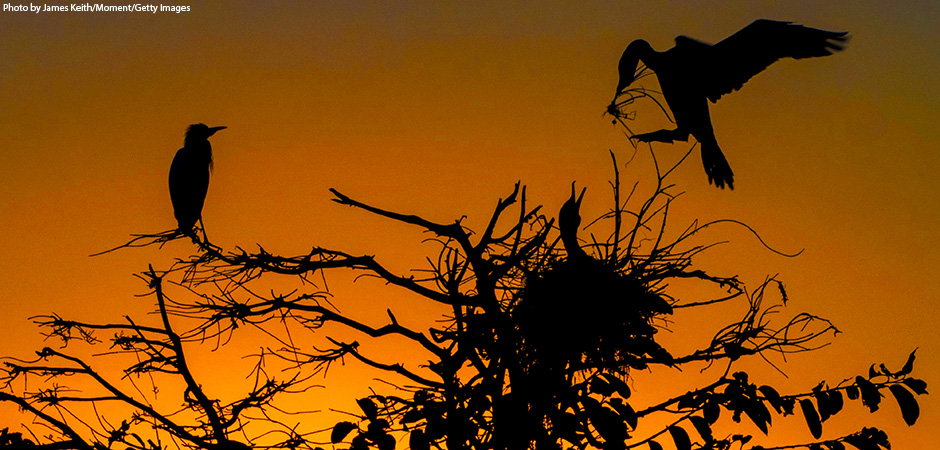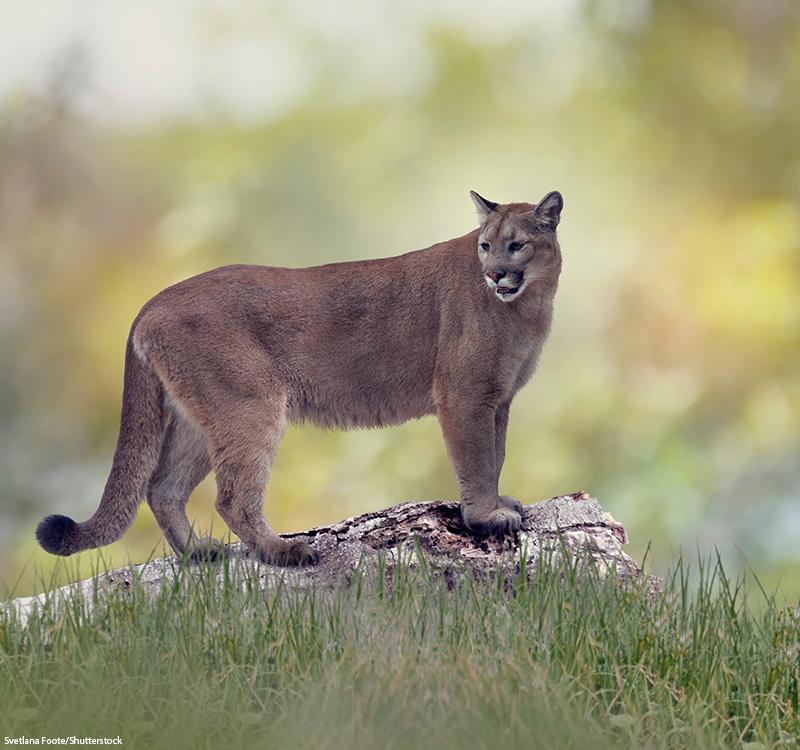
On September 28, 2022, Hurricane Ian made landfall in southwestern Florida as a Category 4 hurricane. The storm generated devastating winds and ferocious surges of ocean water. About 130 people were killed, thousands were left in need of rescue, many thousands more had no shelter, and millions had no electricity. But humans weren’t the only ones affected by the catastrophe. Hurricane Ian took its toll on the local wildlife as well. Now, six weeks later, btw takes a closer look at how (and if) the area’s plants and animals are recovering from the effects of the storm.
Plants
One of the staple plant species in southwestern Florida is the mangrove. Mangrove forests grow along the coastline and are critical for several reasons. Mangrove trees that grow along the water’s edge provide a safe “nursery” space for small fish and other creatures. Their roots anchor the soil and prevent erosion. And they help protect the vulnerable shoreline from storms. Similarly, wetlands are critical for filtering salt out of the groundwater. Beaches provide a buffer from floods and storms, and tree cover gives shelter from heat, sun, and wind. When these ecosystems are damaged, the consequences can be serious.
One of the biggest problems affecting both plant and animal life following the hurricane is salination. Ocean flooding has polluted freshwater and groundwater with salt deposited by the storm surge. Many native plants can’t grow in salt water. Sanibel Island was once home to a variety of lush trees and plant life. But many of its trees were either knocked over by the storm, or now are dying from being flooded with salt water.

Animals
Wildlife evolves over time to be able to cope with habitat changes and natural disasters. But in the case of Hurricane Ian, the flooding and damage has been so widespread that many native species have been affected. Gopher tortoises, burrowing owls, and American alligators are just a few of the species negatively affected by the hurricane’s destruction of their habitats. Some animals suffered injuries, while others have had their habitats destroyed by flooding and a lack of fresh water. Florida, like anywhere else, is a delicate ecosystem; when one species is affected, it impacts other species.
Trash and debris also threaten many animal species, preventing them from getting to their homes or water sources. Many habitats have become filled in or buried by trash. Driven from their homes, animals are often found where they aren’t expected, leading to a rise of the number of wildlife killed by vehicles since Ian.
Hope for the Future?
Weeks after Ian made landfall, some species are slowly starting to re-emerge. Veterinarians and activists are also using the events of the hurricane as an opportunity to learn more about some of Florida’s most critical species, and how to care for them.
